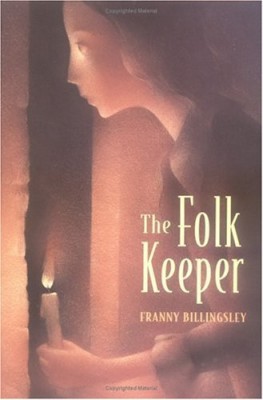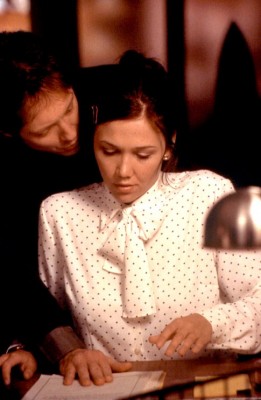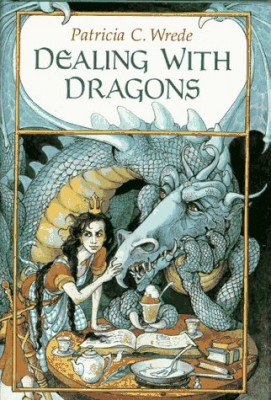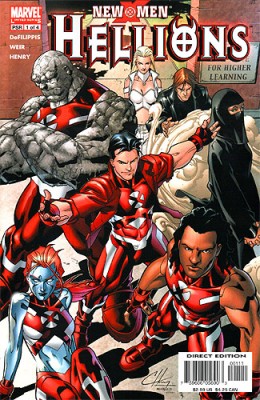Date read: 12.19.10
Book from: Public library
Reviewer: Emera

“Here in the cellar, I control the Folk. Here, I’m queen of the world.”
The Folk Keeper is much darker and stranger than I expected based on the title and cover art alone – which is awesome, since that’s the way I prefer it. Corinna Stonewall is a proud, vengeful orphan girl who by wit and trickery earned the position of Folk Keeper. In subterranean dark, she appeases the anger of the vicious, cave-dwelling Folk – described as “mostly wet mouth and teeth.” Summoned by a dying lord to be Folk Keeper of his island estate, where the Folk are particularly voracious and mysteries abound, Corinna sets about uncovering any secrets that might give her more power, whether over the Folk or the estate’s various inhabitants. At the same time, it comes clear that she must begin to come to terms with her own secrets: her unknown parentage, her odd powers and desires.
Billingsley’s angular, vivid prose is an absolute pleasure, full of sharp dialogue, intriguing detail, and unsettling, obliquely beautiful imagery; she’s one of the most successful stylists I’ve encountered in recent years. If you have any familiarity with Celtic folklore, the key to Corinna’s secrets is pretty obvious, but Billingsley puts a number of creative spins on this and other traditional elements within the novel. Some are more convincingly organic than others, but all are beautifully described. And Corinna’s friendship with Finian, the estate’s eccentric, ship-loving heir, is genuinely endearing, with his good heart and gentle quips countering and eventually thawing her chilly Machiavellian pragmatism. I would gladly welcome a sequel just to read more of their [ADORABLE] exchanges. (<— ill-concealed fangirling, exhibit A.)
The only point on which I was less happy: the last few pages seemed overburdened by their obvious instructive agenda and labored symbolism, which cost the narrative some of its earlier leanness and fluidity.
Nonetheless, The Folk Keeper is destined to become part of my permanent collection, and likely the subject of numerous re-reads. Fans of traditional fairy lore, Patricia McKillip, Holly Black, or Elizabeth Marie Pope’s The Perilous Gard, go forth and read! In the meantime, I’ll be eagerly anticipating Billingsley’s next YA novel, which is apparently slated for spring 2011…
Go to:
Franny Billingsley: bio and works reviewed
Author’s Note for The Folk Keeper



